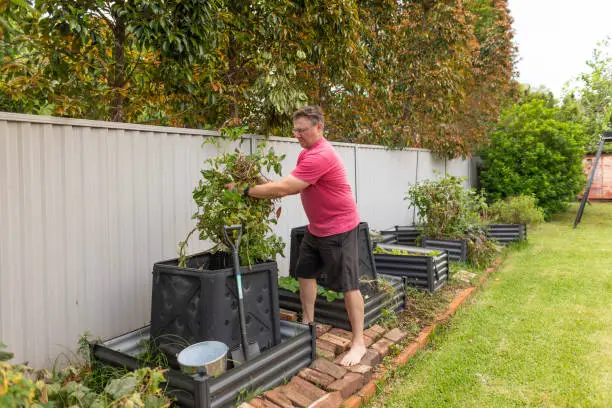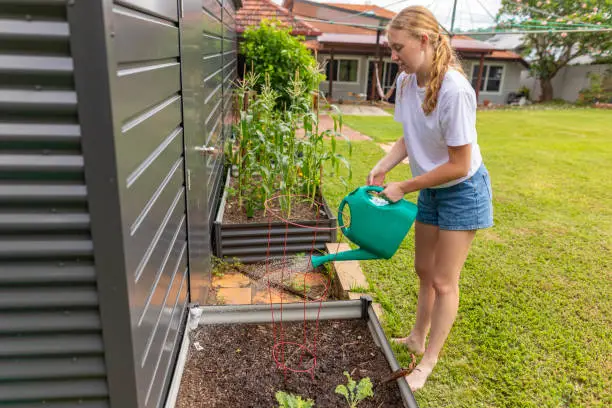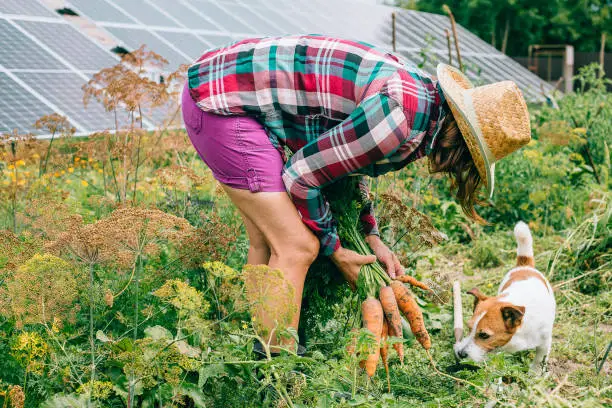Making Foundations: Homestead Building Carpentry Basics
Empowerment comes from using tools and resources to create, repair, and improve backyard homesteading. With the revival of homesteading, many find peace and sustainability in creating productive backyards. This job frequently involves basic but broad construction abilities and a green thumb. These abilities let you build raised beds, chicken coops, and greenhouses and embellish your homestead with craftsmanship.

Homesteading Carpentry believes anybody can turn raw materials into practical and durable constructions with a few basic skills. Carpentry begins with wood knowledge and respect. Softwoods like pine are suitable for indoor furniture, while hardwoods like oak are suitable for outdoor projects that can withstand the environment. Choosing the correct wood for your project is crucial.
The magic begins with measuring and cutting the foundations of carpentry. Precision in measuring ensures project components fit exactly, reducing waste and frustration. Mastering wood cutting, whether with a handsaw for precise chores or a power saw for efficiency, prepares everything that follows.
Carpenters demonstrate their skills through joinery. Dovetails and mortise-and-tenon joints are more complicated than screws and nails. Each method has its place based on the project’s strength and attractiveness. When building an outdoor table, you might choose lap joints for durability. Conversely, a decorative bookcase may require dovetail joints.
Wood finishing is also crucial. Finishing wooden surfaces enhances their natural beauty and protects them from wear. The finishing procedure needs care and attention to detail, from sanding to staining and sealing. Well-finished pieces last and make your homestead proud.
Carpentry requires creativity and problem-solving. Projects rarely go as planned. Wood may warp, measurements may be wrong, or the design may change mid-project. Good carpenters become great by adapting and solving these problems creatively.
Carpenter safety comes last but is crucial. Accidents can be avoided by using tools properly, using safety clothing, and keeping a clean workspace. Understanding your limitations and when to seek professional help keeps projects safe and fun.
Though not glamorous, building norms and regulations are crucial for larger carpentry projects. These codes protect your structures’ safety, legality, lifespan, and worth to your homestead.
Your homestead will improve as you learn carpentry. Onerous projects become thrilling opportunities to enlarge your living space, become self-sufficient, and express your creativity. Sitting in a chair you built, collecting eggs from a coop you built, or harvesting vegetables from a garden bed you designed are all very satisfying.
Carpentry requires constant learning. Each project teaches patience, precision, and perseverance. Learning resources include online lessons, community workshops, books, and mentorship. Start small, build on accomplishments, and accept difficulties.
Homestead carpentry is about resilience, sustainability, and a deeper relationship to the land and your house, not just building structures. Your abilities will benefit your homestead for years, whether you’re building a birdhouse or an outdoor living space. As you mold the wood, your farmhouse will become a symbol of self-reliance and sustainable living.
Preservation: Maintaining Homestead Bounty Year-Round
Seasons rule backyard homesteading’s lush lifestyle. At harvest peak, fruits, vegetables, and herbs can be overpowering. The ancient canning, freezing, and drying methods help manage this harvest and bring summer warmth and tastes into winter. These preservation approaches dance with time and nature to extend the benefits of planting, maintaining, and harvesting throughout the year.
Food preservation in jars at high temperatures is both science and art. It preserves the flavor and nutrition of fresh produce. The method entails prepping the produce, placing it into jars with acids or brine, then boiling them to seal. This strategy makes tomatoes, peaches, beans, and jam staples for homesteaders well after the producing season.
Canning is more than just food preservation it’s a tradition that ties us to the past. It connects to grandparents and great-grandparents who used similar ways out of need. Channeling is a part of homesteading for many because of its memories and stories. Respecting the process is necessary to avoid deterioration and health dangers from poor canning. Understanding acidity, using proper procedures, and following proven recipes ensures safety and success.
A more accessible preservation method for modern homesteaders is freezing. The simplicity and ability to maintain texture and nutritional content of practically any produce make freezing beautiful, from berries and beans to corn and carrots; quick blanching, cooling, and freezing preserves garden produce. To avoid freezer burn, foods must be blanched to stop enzymatic activity and stored in airtight containers.
However, freezing has nuances. The trick is understanding temperature and texture, how long to blanch each produce, and how to pack to retain freshness. Each step is timed perfectly, from harvest to blanching pot, ice bath, and freezer. It allows homesteaders to experiment to discover the right mix for their harvest and palate.
Dehydrating food may be the oldest method of preservation. The simple method uses air and time to drain moisture from meals, reducing bacteria and mold formation. The innovative cook can use dried fruits, vegetables, herbs, and meats to create a variety of flavors and textures. Drying is a discovery, a means to concentrate and change the harvest into something new and spectacular, whether utilizing the sun, an electric dehydrator, or an oven.
Drying is appealing for its versatility and flavor depth. Herbs become fragrant, tomatoes become sun-drenched, and fruits become sweet, chewy treats. The homesteader’s care and foresight preserved summer’s spirit in each dried item. The technique may appear simple, but it requires skill to determine when the moisture has evaporated sufficiently to protect flavor and texture.
Food preservation links homesteaders to the soil and its cycles. It’s about sustainability and preserving the land’s richness. Beyond this, it’s a deep dive into cooking and food preparation, a means to be creative with local goods. Preserved foods add taste to recipes and remind homesteaders of summer in winter.
Canning, freezing, and drying are tales to be lived and shared, not just processes. Each jar of jam, a packet of frozen peas, and a container of dried apples is a chapter in the homestead’s story and a link to the land and season. These preservation strategies encourage homesteaders to examine their relationship with their environment, practice conscious consumption, and be thankful.






Leave a Reply